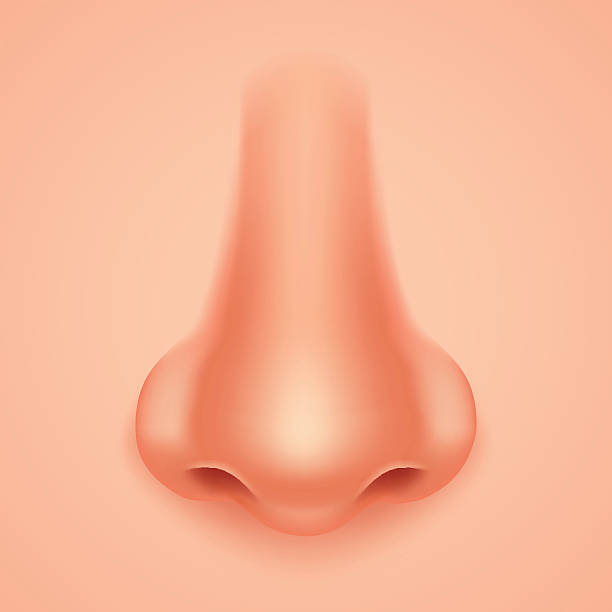Knowledge, Information and Experience
Word wheel comes from old english hweol which means to revolve, move around.
What is the difference between tyres and wheels?
Wheels and tyres are entirely different components .
Wheels are of two types namely alloy wheels and steel wheels . Where alloy wheels are made up of aluminium or magnesium, steel wheels are made up of rectangular sheet metal.
Tyre is made up of synthetic rubber, natural rubber, fabric and wire, along with carbon black and other chemical compounds. They consist of a tread and a body.
A tyre is just the rubber outer layer that fits onto the wheel rim, which is the metal base on which the tyre sits. The tyre is what actually provides the traction and is the only point of contact between the car and the road.
History:
Earlier wheels were just horizontal tree trunks, gradually slowly slowly with advancement today we have spoked, cast iron and many different types of wheels.
The invention of the wheel falls into the late Neolithic, and may be seen in conjunction with other technological advances that gave rise to the early Bronze Age. This implies the passage of several wheel-less millennia even after the invention of agriculture and of pottery, during the Aceramic Neolithic.
4500–3300 BCE: Copper Age, invention of the potter’s wheel; earliest wooden wheels (disks with a hole for the axle); earliest wheeled vehicles, domestication of the horse
3300–2200 BCE: Early Bronze Age
2200–1550 BCE: Middle Bronze Age, invention of the spoked wheel and the chariot
A depiction of an onager-drawn cart on the Sumerian “battle standard of Ur” (c. 2500 BCE)
The Halaf culture of 6500–5100 BCE is sometimes credited with the earliest depiction of a wheeled vehicle, but this is doubtful as there is no evidence of Halafians using either wheeled vehicles or even pottery wheels.
Precursors of wheels, known as “tournettes” or “slow wheels”, were known in the Middle East by the 5th millennium BCE (one of the earliest examples was discovered at Tepe Pardis, Iran, and dated to 5200–4700 BCE). These were made of stone or clay and secured to the ground with a peg in the center, but required significant effort to turn. True (freely-spinning) potter’s wheels were apparently in use in Mesopotamia by 3500 BCE and possibly as early as 4000 BCE, and the oldest surviving example, which was found in Ur (modern day Iraq), dates to approximately 3100 BCE.
Mechanics and function:
The wheel alone is not a machine, but when attached to an axle in conjunction with bearing, it forms the wheel and axle, one of the simple machines. A driven wheel is an example of a wheel and axle. Wheels pre-date driven wheels by about 6000 years, themselves an evolution of using round logs as rollers to move a heavy load—a practice going back in pre-history so far that it has not been dated.
Tags: Be Axis










